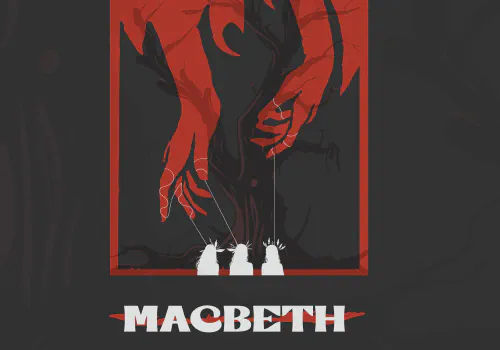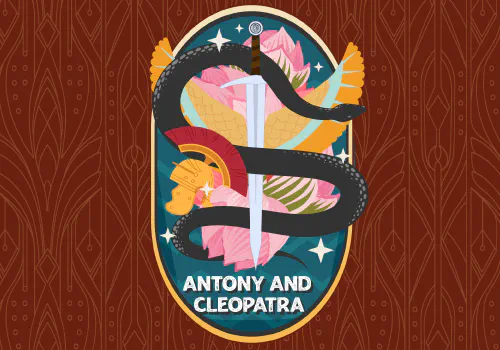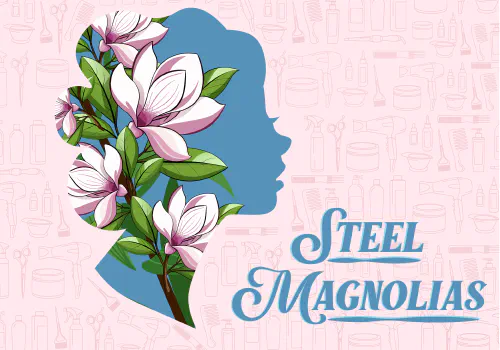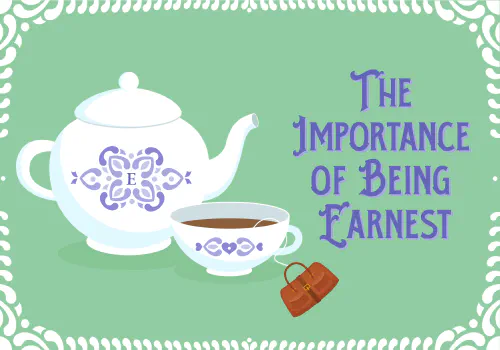Some translations subtitle Tartuffe “the Hypocrite”; others, “the Impostor.” Either way, the title character of Molière’s 1664 comedy of humors slithers between what is and what appears to be. While illusion and reality constitute a universal theme of literature, the particularly appropriate metaphor by which Molière labels his sanctimonious fraud adds a tantalizing dimension to Tartuffe’s black, subtle, subterranean soul. His very name bespeaks a linguistic history that associates hidden meanings, trifling, cheating, falsehood, and hypocrisy with a mysterious underground fungus.
The name Tartuffe means “truffle”–unfortunately, not the chocolate kind. The Oxford English Dictionary (OED) cites the first use of truffle for a chocolate confection in the 1926-27 U.S. Army and Navy Stores Catalog. The truffle Molière knew is a subterranean fungus of knobby, shriveled appearance, which cannot be located by sight or logic, but only, as John Evelyn wrote in 1644, “by an hogg train’d to it.” Even now, wrote gastronome Craig Claiborne in the 1970 Time-Life volume of Classic French Cooking, “no one knows exactly how they grow, and no one has been able to cultivate them successfully” (53).
Truffles were introduced, along with mushrooms, into French cuisine by Catherine de Medici in the sixteenth century and elevated to their current elegant status by La Varenne, a chef whose culinary creations delighted Molière’s king, Louis XIV. In fact, more than once Louis adorned festivities for which La Varenne oversaw the cuisine and Molière the entertainment.
Tartuffe derives from provincial Italian forms similar to tartoufli, “little truffle,” which in German became Kartoffel, “potato,” another product of the mysterious underground. As a common noun, tartuffe entered the English language shortly after the production of Molière’s play as an epithet meaning “a hypocritical pretender, especially to religion.” The OED cites a character, Tartuffo, from an Italian play, as perhaps Molière’s source and states that both Old French and Italian used their respective cognates to mean “truffle,” the subterranean fungus, or by extension “any hidden production”—like a potato or a hypocrite.
Molière’s aptly-named Tartuffe, like the lowly fungus, is the center of attention even when not in sight. Prior to his humble, penitent appearance, he has been the exclusive topic of conversation–sometimes cautionary, sometimes caustic–between the grandmother and the rest of the family, the brother-in-law and the maid, the daughter and her stepmother, the stepmother and her brother, the son and the maid, the daughter and her beloved, and everybody and the myopic, monomaniacal father, Orgon. Only Orgon and his mother fail to sniff out the black fungus, Tartuffe, who consequently trifles with their purses and affections.
Since before Molière’s time, the French have honored the aphrodisiac properties of truffles. Brillat-Savarin, author of The Physiology of Taste, wrote in 1725, “Whosoever pronounces the word truffle gives voice to . . . erotic and gastronomical dreams equally in the sex that wears skirts and the one that sprouts a beard” (96). He set out to investigate the “amorous effect” of truffles and found them a believable excuse for risqué behavior. Appropriately, Molière gave Tartuffe a raging propensity for the flesh.
The first English use of truffle was a verb meaning “to cozen, to cheat, to deceive, to fool.” Trifle, as in “trifle with one’s affections,” showed variant spellings with u in the thirteenth through fifteenth centuries, when it was adapted from an Old French word meaning “mockery, trumpery,” and the fungus. Tartuffe’s attempted seduction of Elmire could be called “trifling” or “truffling” with her, just as he “truffled” with Orgon’s generosity and trust—or as he nearly “tartuffed” them all.
What better name for an impostor? It suited the nineteenth-century English enough to inspire tartufferie, tartuffism, tartuffian, and tartuffish to describe hypocrisy of various sorts. Ironically, the character Tartuffe remains hidden from the audience until Act 3, and the play proved so odious to both ecclesiastical and political authorities that it remained unproduced until 1669, five years after its completion. Thus, both the play and its title character smack of “tartuffism” or “tartuffery”–one as “tartuffer,” the other as “tartuffee.”










